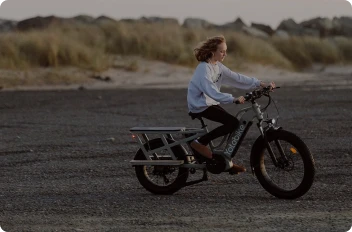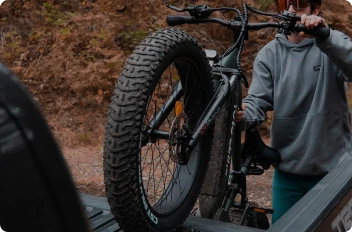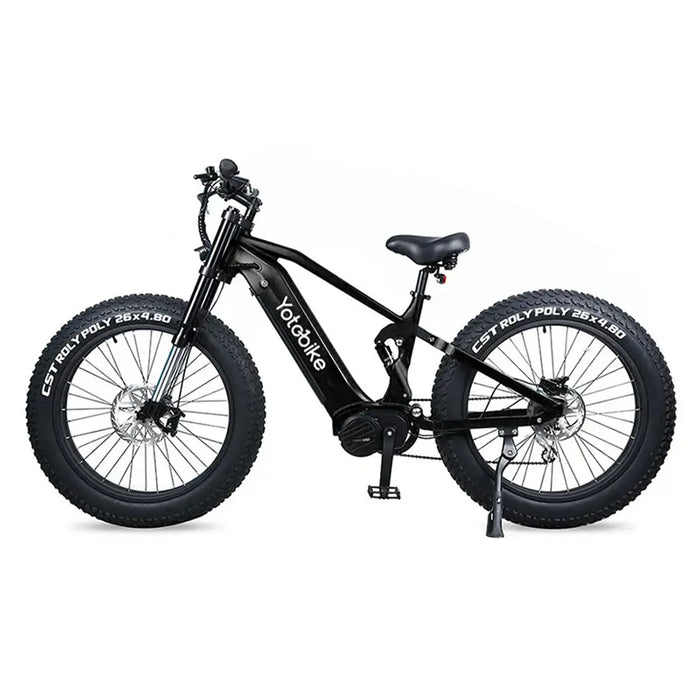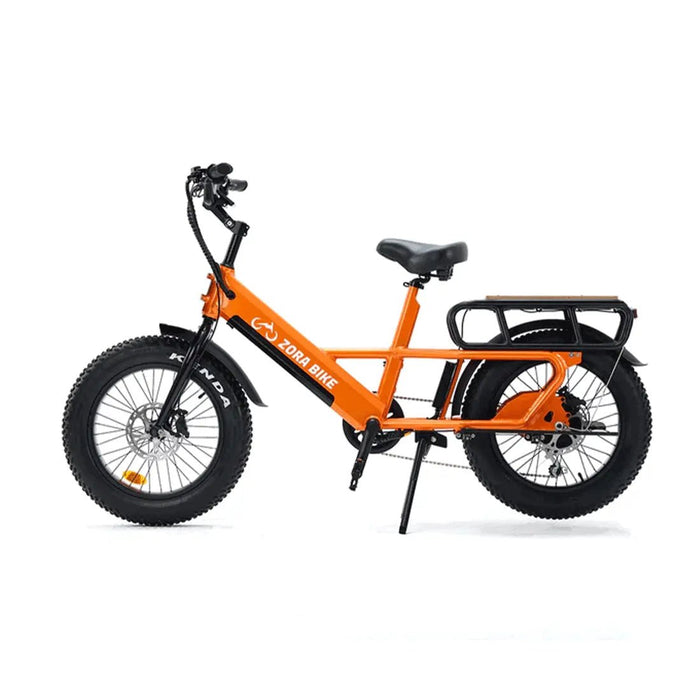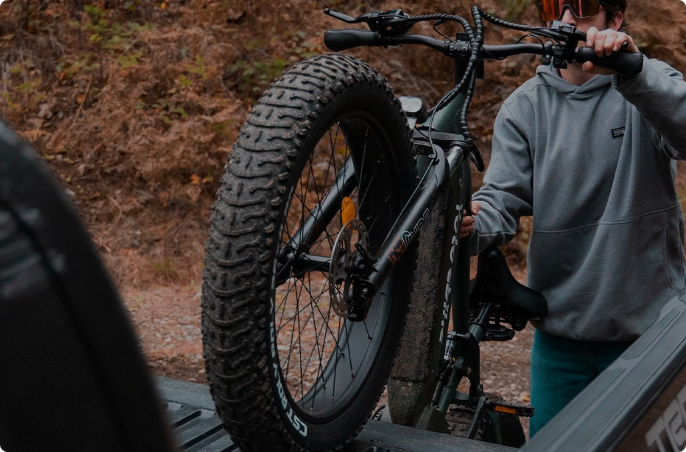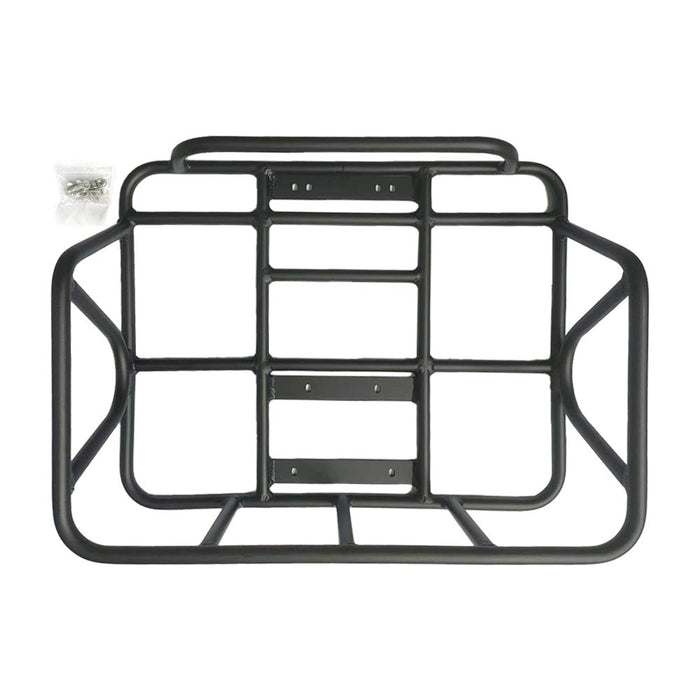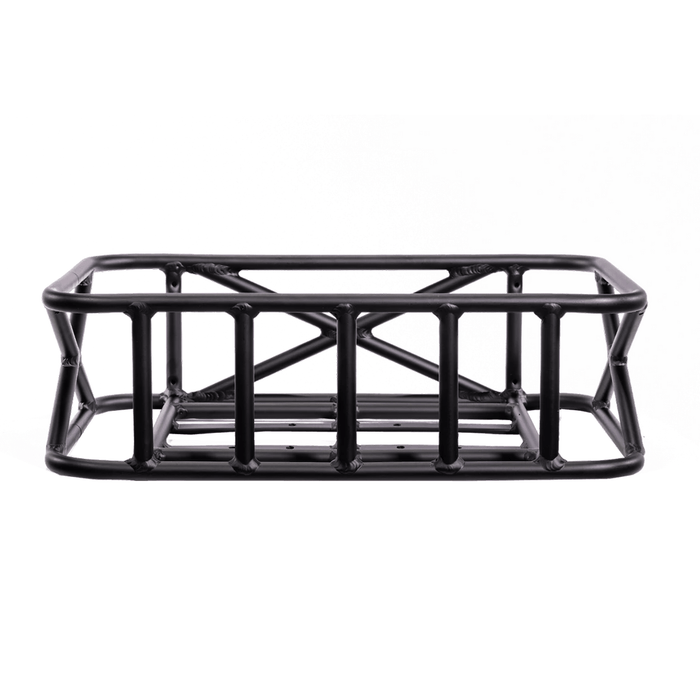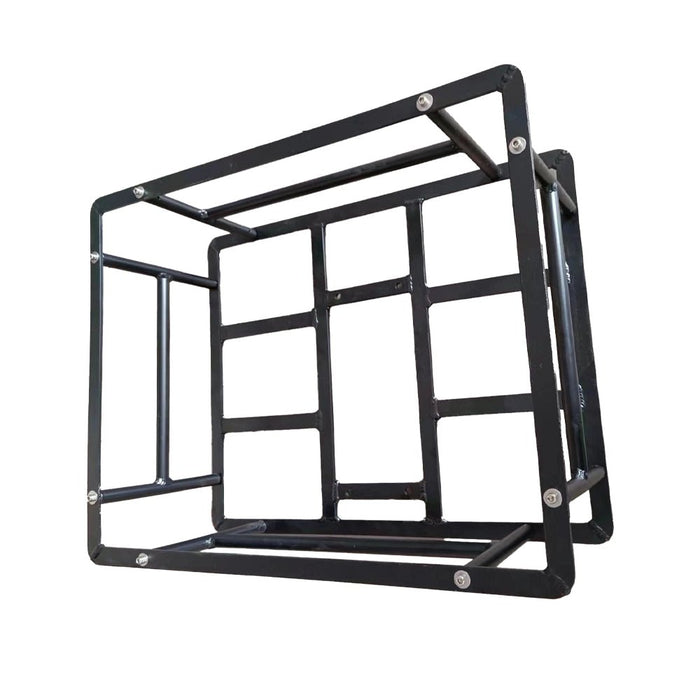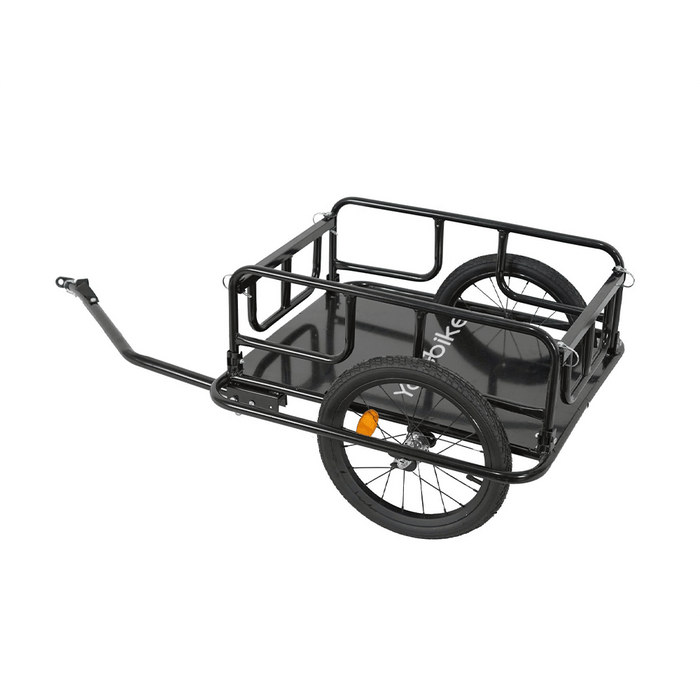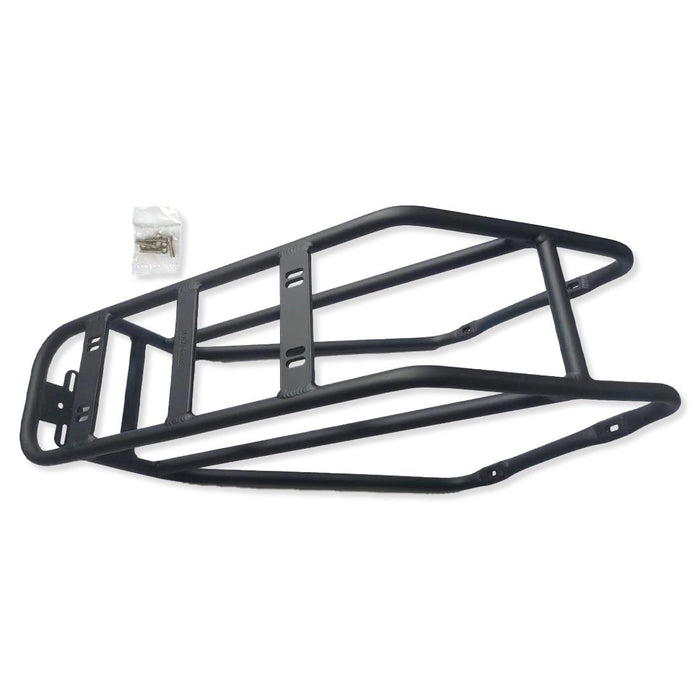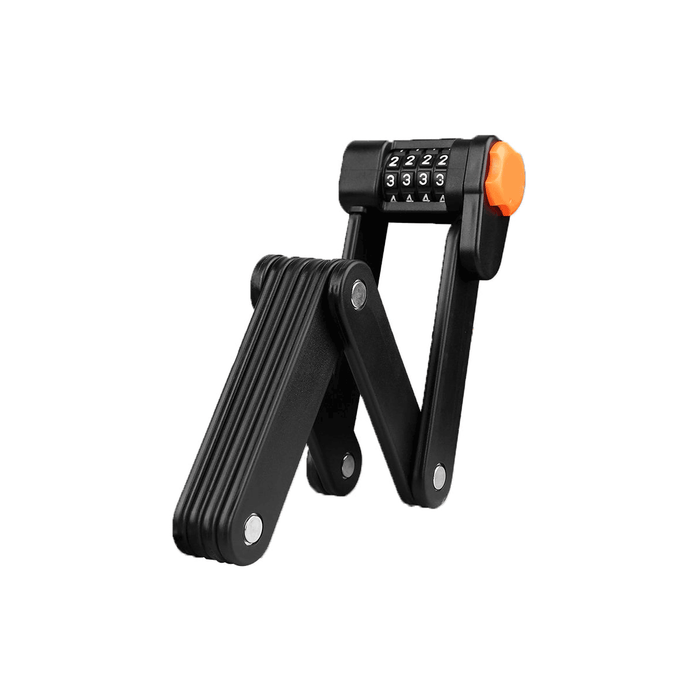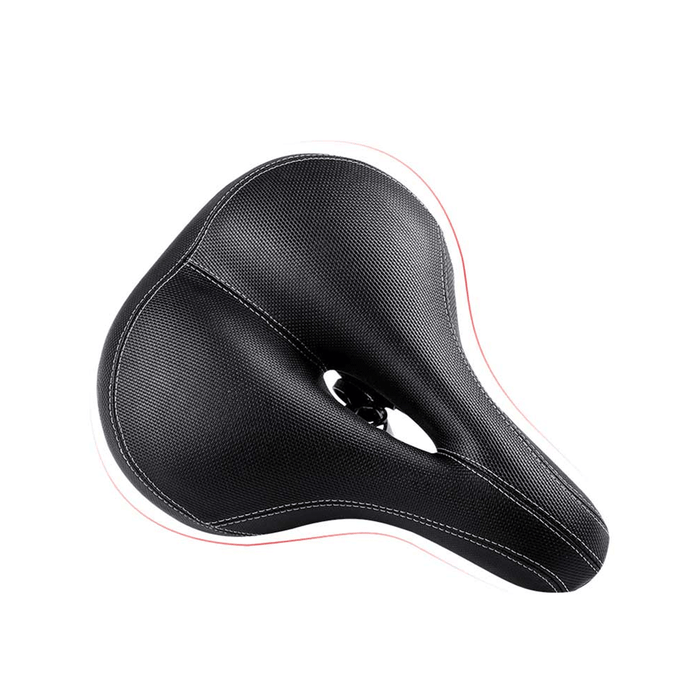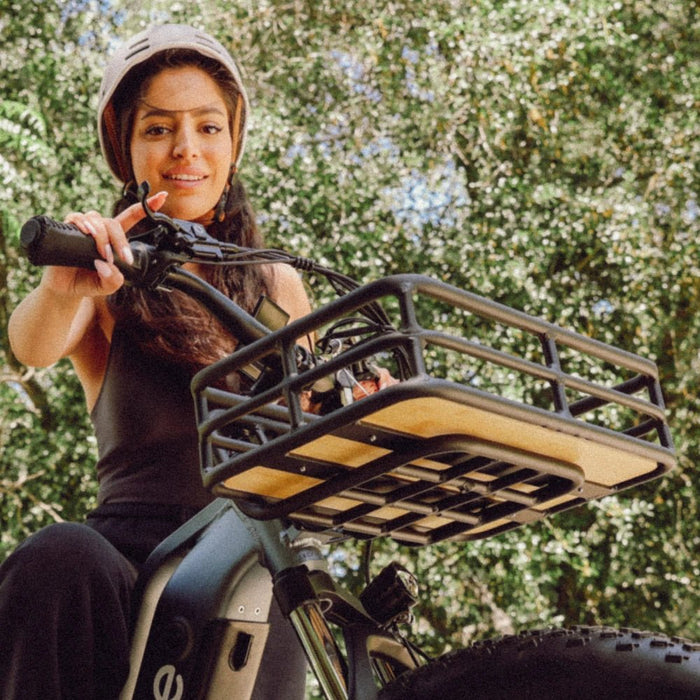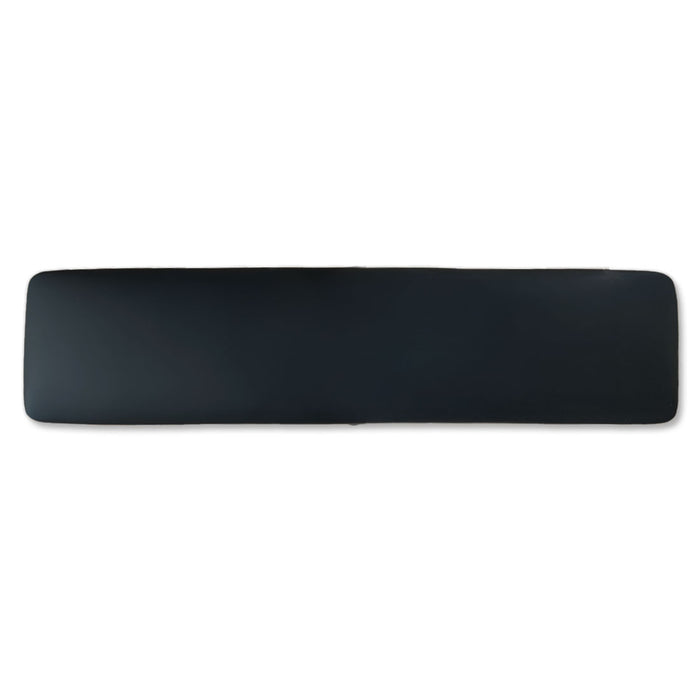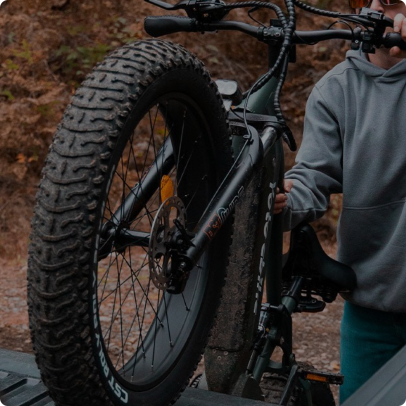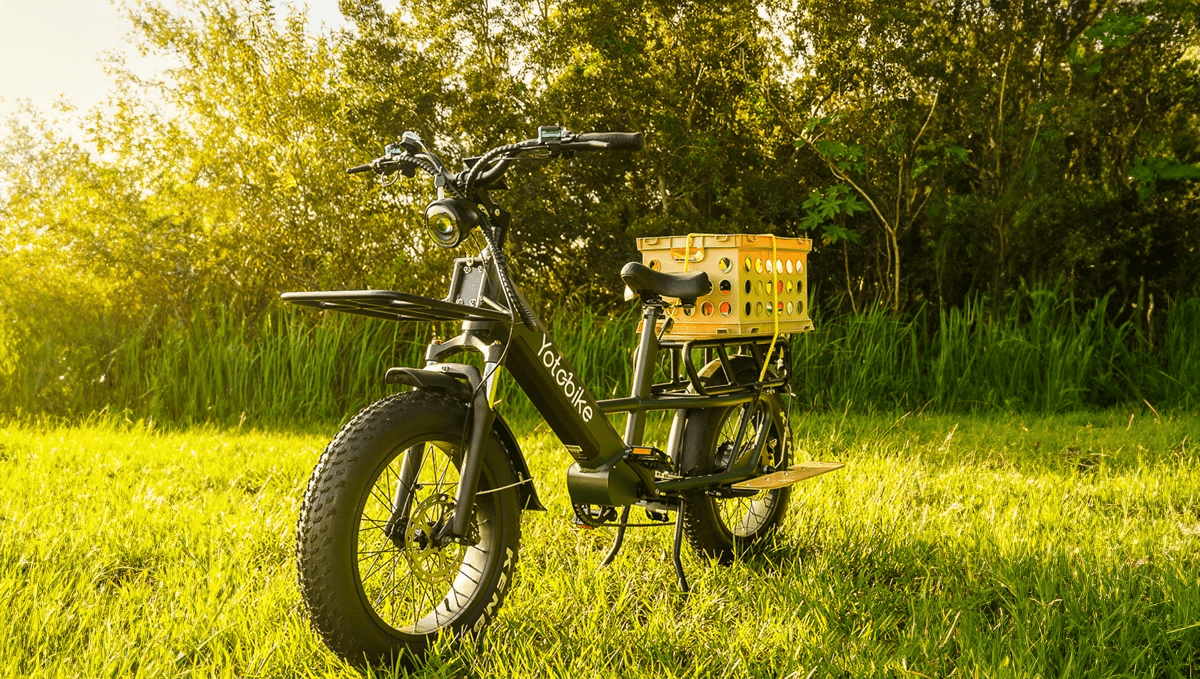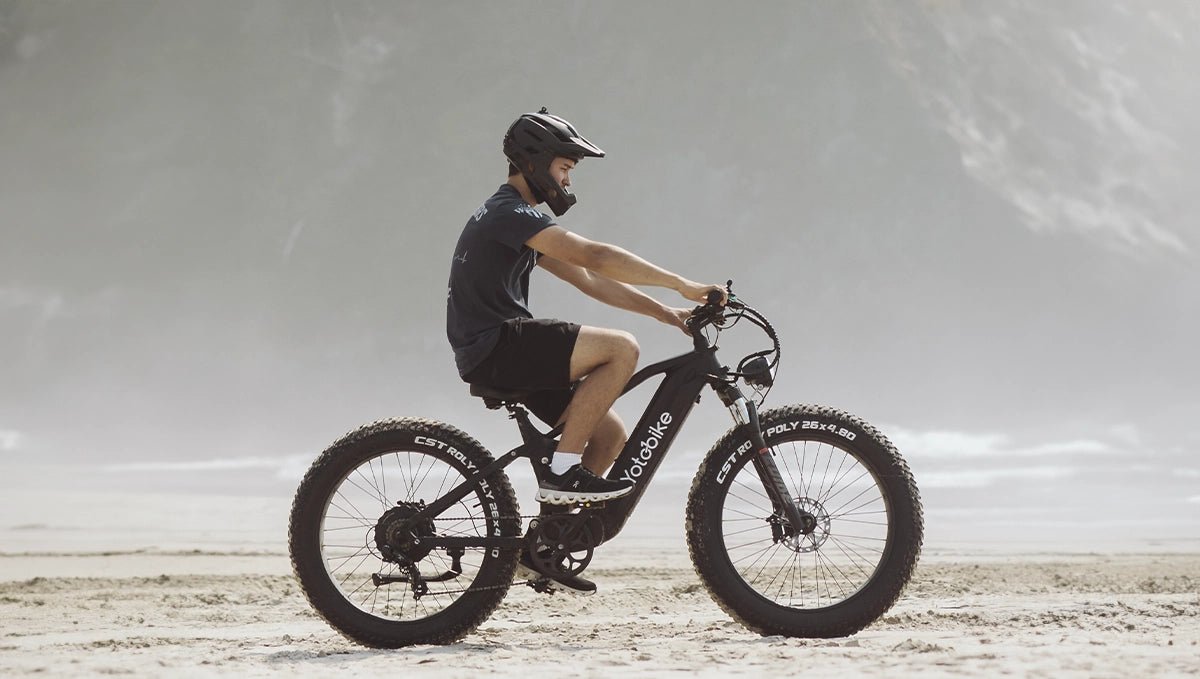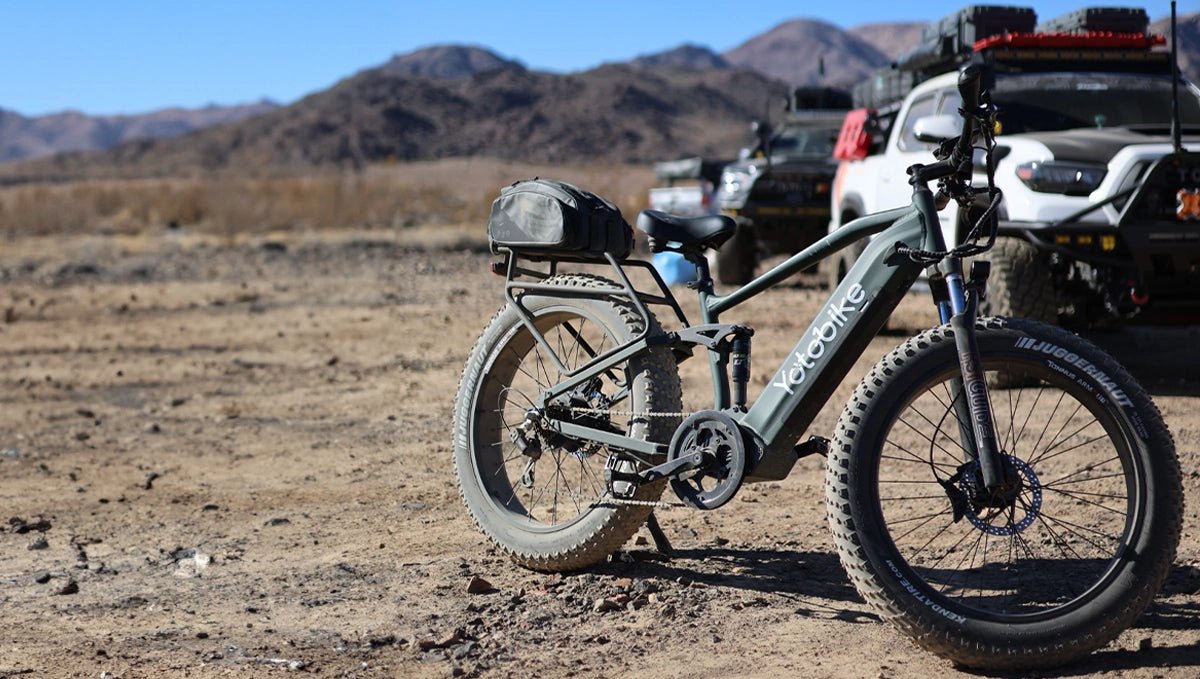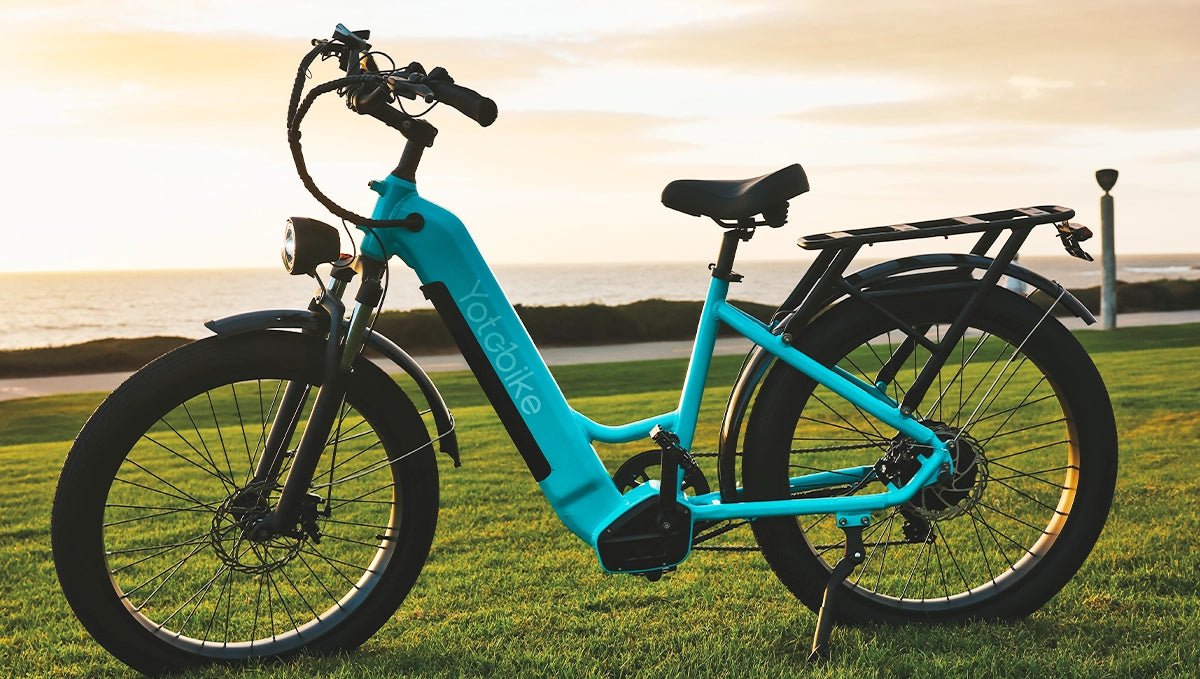
Electric bikes bring the excitement of cycling to new levels, with powerful motors that make commuting, exercising, or exploring easier and faster. But what exactly is the "electric bike top speed," and how does it vary across different e-bike classes? From leisurely 20 mph rides to exhilarating 28 mph speeds, understanding the factors that influence e-bike speed can help you choose the right bike and ride safely. Let’s explore what impacts speed and how to maximize performance!

E-bike Class Types in the US
E-bikes in the U.S. are classified into three distinct classes based on motor assistance and speed limits. These classifications regulate ebike top speed and how the motor engages with the rider’s input.
Class 1 E-bikes
Class 1 e-bikes rely solely on pedal-assist, meaning the motor activates only when the rider is pedaling. Assistance ceases when the bike reaches 20 mph, resuming only when the speed drops below this threshold. These bikes are popular for recreational use and commuting, offering a typical range of about 50 miles on a full charge. Factors like rider weight, terrain, and weather conditions may influence the actual range.
Class 2 E-bikes
Class 2 e-bikes also cap motor assistance at 20 mph but include a throttle, allowing riders to achieve maximum speed without pedaling. This feature is especially convenient for riders who want a break from pedaling during longer journeys or commutes. Like Class 1 bikes, their average range is around 50 miles, although real-world conditions can alter this.
Class 3 E-bikes
Class 3 e-bikes deliver pedal-assist up to 28 mph, making them the fastest class under U.S. regulations. A speedometer is mandatory on these models, allowing riders to monitor their speed closely. Class 3 e-bikes are ideal for urban environments and longer-distance travel, offering an average range of 60 miles per charge. However, the range and efficiency are subject to factors like rider effort and terrain.
Factors That Affect the Top Speed of an Electric Bike
Electric bike speed is influenced by a combination of technical and environmental factors, from motor power to terrain conditions. Here’s a closer look at how these variables come into play.
Motor Power and Wattage
The motor is the heart of any e-bike, playing a key role in determining its speed and performance. E-bike motors typically range from 250 to 750 watts (W), with higher wattage offering quicker acceleration and better handling of inclines or heavy loads. For instance, a 750W motor will accelerate faster than a 250W motor when carrying the same rider weight on identical terrain.
While higher-wattage motors may seem appealing for speed, legal restrictions prevent motors from exceeding certain limits. For example, Class 3 e-bikes cap motor-assisted speeds at 28 mph, regardless of motor power. Riders seeking off-road adventures or steeper climbs, however, may benefit from higher-powered motors, as these provide better torque for challenging conditions.
Battery Capacity
The battery powers the motor, influencing both speed and range. Larger batteries, measured in watt-hours (Wh), can sustain motor assistance for longer durations. However, high speeds and tough terrain drain the battery more quickly. For example, using a throttle on a Class 2 bike during uphill rides can significantly reduce the available range.
To optimize performance, ensure your battery is fully charged before setting off. This not only maximizes the potential speed but also provides more consistent motor assistance throughout the ride. Monitoring battery levels is crucial, especially on longer trips where recharging options may be limited.
Rider Weight and Terrain
Weight is a crucial factor affecting speed and acceleration. A lighter rider allows the motor to reach top speed more easily, while a heavier rider may experience slower acceleration and reduced range. The combined weight of the rider, bike, and any additional cargo directly impacts motor performance.
Terrain also plays a significant role. Smooth, paved roads offer less resistance, allowing the bike to maintain higher speeds. Conversely, gravel, sand, or uneven trails require more motor power, which can slow the bike and drain the battery faster. Uphill climbs present additional challenges, as the motor must work harder to overcome gravity, whereas downhill rides can naturally increase speed without motor assistance.
How to Maximize Your Electric Bike’s Speed Safely

Maximizing your e-bike’s speed can be both fun and practical, but it’s essential to prioritize safety. Here are actionable tips to optimize performance while staying safe on the road.
- Maintain Proper Tire Pressure: Underinflated tires increase rolling resistance, making it harder for the motor to achieve and sustain top speed. Check your tires regularly and inflate them to the manufacturer’s recommended pressure for a smoother, faster ride.
- Reduce Extra Weight: Minimize unnecessary weight by removing heavy items like bulky bags or cargo. A lighter load allows the motor to perform more efficiently, helping the bike accelerate and maintain speed more easily.
- Keep the Battery Charged: Start each ride with a fully charged battery to ensure consistent motor assistance. Partial charges may limit the motor’s ability to maintain high speeds, especially on hilly terrain. Carrying a portable charger can be helpful for longer journeys.
- Use Pedal-Assist Strategically: Throttle use, especially on Class 2 e-bikes, consumes more battery power compared to pedal-assist. By combining your pedaling effort with motor assistance, you can extend the battery life and maintain higher speeds for longer periods.
- Ride on Smooth, Level Roads: Whenever possible, choose flat, paved routes to reduce resistance and maximize speed. Avoid rough trails or steep inclines if your goal is to maintain an electric bike max speed for extended durations.
- Perform Regular Maintenance: Well-maintained electric bikes are faster bikes. Regularly check the chain, brakes, and tires to ensure they’re in optimal condition. Lubricating the chain and tightening loose components can also reduce friction, helping the bike operate more efficiently.
For an effortless and reliable riding experience, Yotobike electric bikes offer a perfect blend of performance, lightweight design, and advanced motor systems to help you ride faster and safer on every journey.
Conclusion
Knowing the factors that influence electric bike top speed can help you make smarter decisions when choosing and riding your e-bike. Whether you're aiming for faster commutes or longer rides, understanding motor power, battery capacity, and terrain can optimize your performance. By following safety guidelines and maintaining your bike, you can enjoy a smooth, high-speed ride. Keep these considerations in mind to get the most out of your e-bike's speed potential while staying within legal limits.
FAQs
What is the top speed for an electric bike?
The top speed for an electric bike depends on its class. Class 1 and 2 e-bikes have a maximum motor-assisted speed of 20 mph, while Class 3 e-bikes can go up to 28 mph. Riders can exceed these limits by pedaling, but the motor won’t provide assistance beyond the specified speeds.
Can an ebike go 30 mph?
Yes, an e-bike can reach 30 mph, but only through the rider pedaling or on a downhill slope. Legally, the motor assistance cuts off at 20 mph for Class 1 and 2 e-bikes and 28 mph for Class 3 e-bikes. Some custom or off-road e-bikes may exceed this limit but may not be street-legal.
What's the fastest an e-bike can go legally?
The fastest motor-assisted speed allowed for an e-bike in the U.S. is 28 mph, applicable to Class 3 e-bikes. Beyond this speed, the motor automatically disengages. Riders can still pedal to go faster, but legal restrictions on motor assistance ensure safe and regulated use in public areas.
